Gone are the days of the USSR, and with them the disdain for the waste of water, gas and even electricity. In our time, everything has a value, and sometimes the entire family budget depends on how diligent the owner is. Especially when it comes to electricity that every family at home or outside the city consumes quite a lot. It is not surprising that the issue of installing a high-quality meter is so urgent. How can you avoid mistakes when choosing, and therefore, with further payment of kilowatt / hours? This will help the editors of the site "bestx.htgetrid.com/en/", which has prepared for you an overview of the best electricity meters for apartments and cottages.
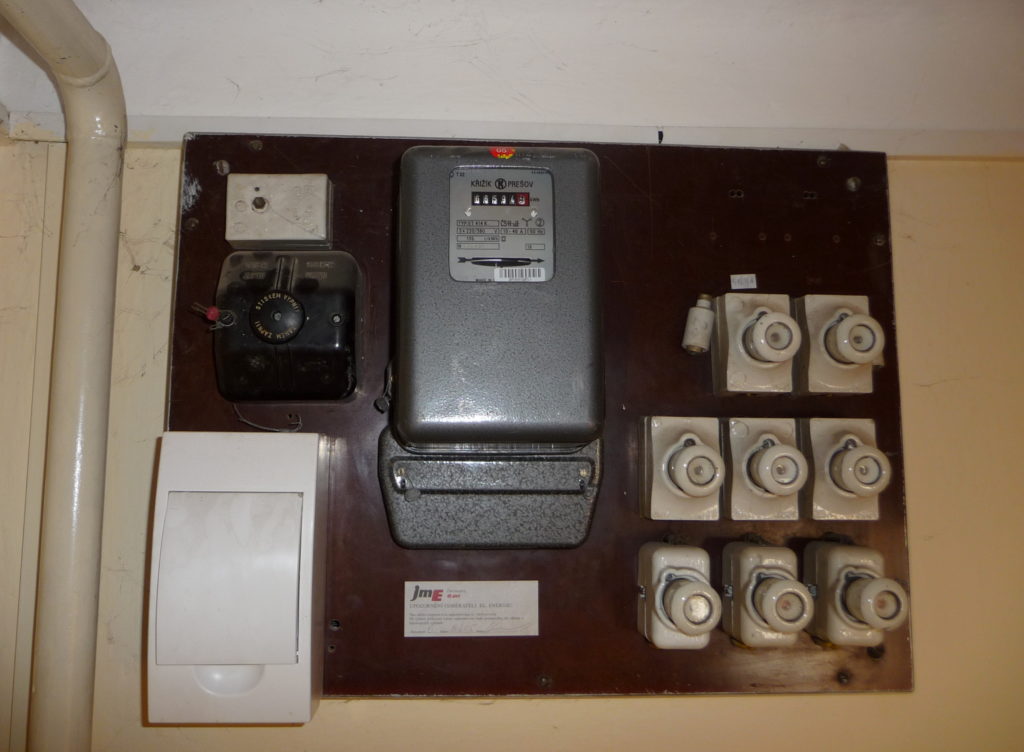
Content
From the history
With the first experiments on electricity, which they could somehow "pacify" the problem arose of how to measure and calculate this force. The first steps in this direction were made first by Andre Ampere, who was able to define the concept - current strength, and a little later another scientist, Georg Ohm, derived his famous law defining the relationship between voltage and current.
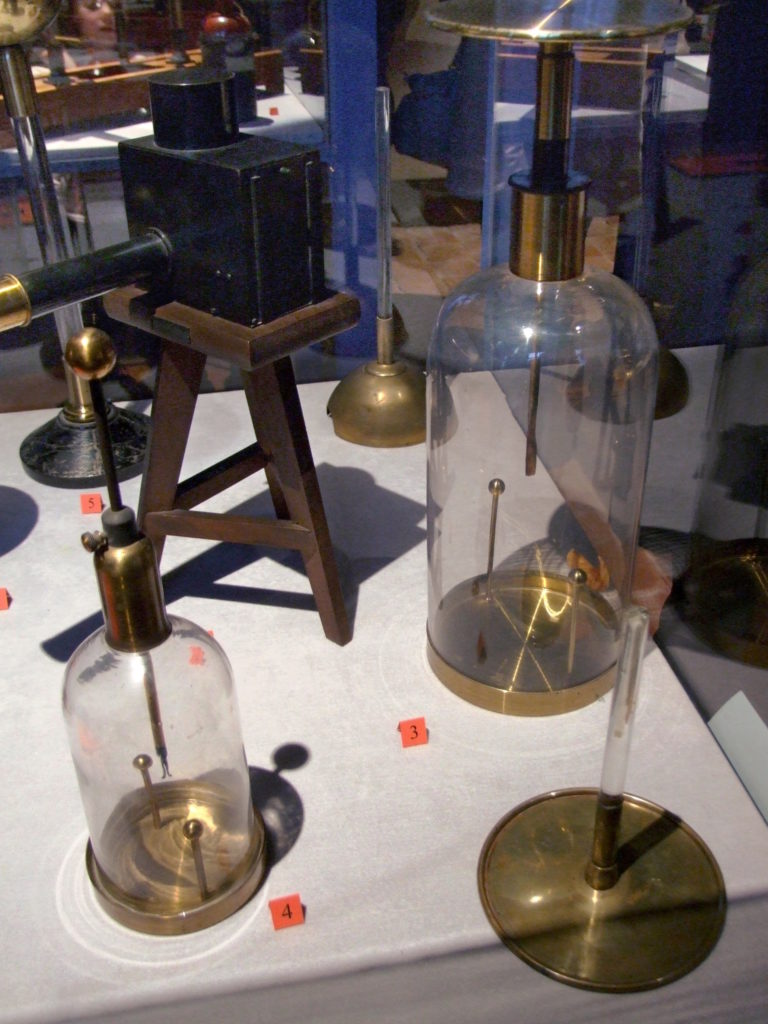
The very first counter, invented by Thomas Edison, was of the galvanic type. It contained a cell with a galvanic liquid in which a conductive plate was placed. It was weighed before being installed in the cell and after a current was passed through it for some time. The difference in weight was an indication of the electrical power consumed. Naturally, such a counter was very expensive, inconvenient, and most importantly, useless for the user, because the galvanic cell was sealed. Therefore, a number of engineers and companies worked on a meter that was able to visually demonstrate the consumption of electricity with greater accuracy.
This was achieved by the Westinghouse company, whose engineer Oliver Schellenberger in 1894 created the first induction electric energy meter. Until about 1980, he, improving, increasing accuracy, becoming smaller, worked all according to the same induction principle, until a hybrid counter came to replace it. He "lasted", however, shortly giving way to electronic counters.
Counter types
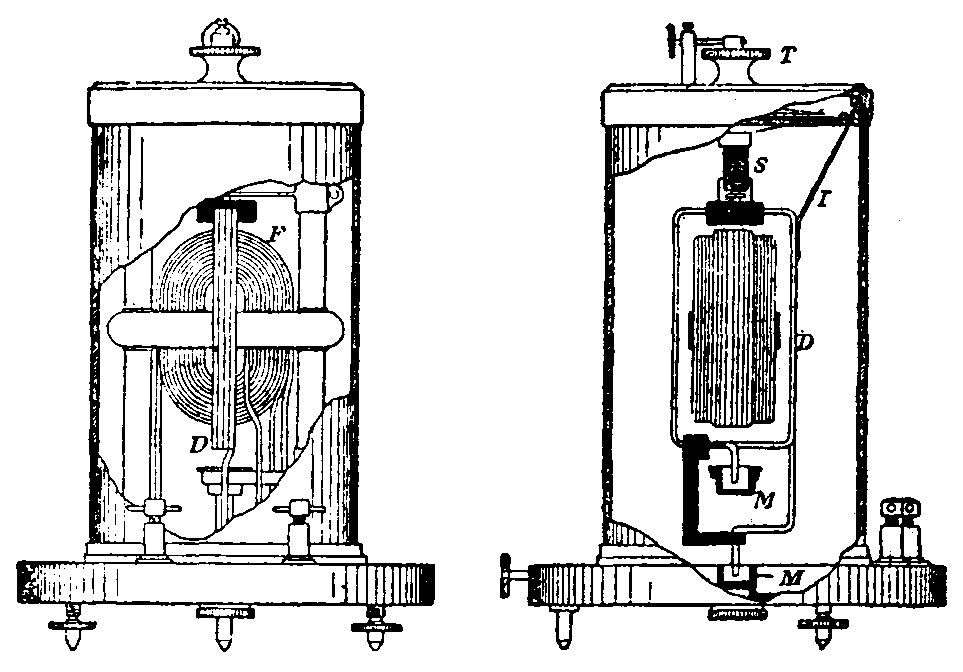 By the principle of operation, the counters are divided into:
By the principle of operation, the counters are divided into:
- Induction numerators, or as they are also called, mechanical;
- Electronic, in which the calculation of electricity consumption is carried out using a microcontroller;
- Hybrid, combining mechanical and electronic type.
In addition, they are subdivided into:
- DC powered (industrial);
- Single-phase - common in city houses;
- Three-phase - for a 380 volt network, usually used outside the city limits.
But in order to understand the advantages and disadvantages of individual devices and decide which one is better to put in the apartment, and which one in the country, you should carefully read the principle of their operation.
How are they arranged
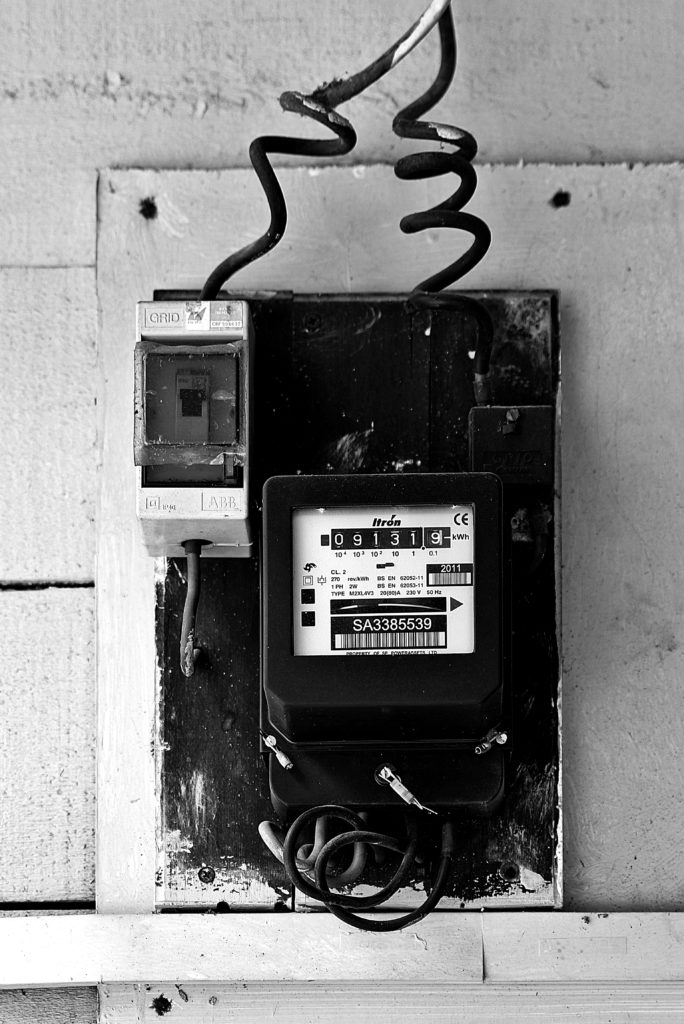
One of the very first, induction, consisted of two electromagnetic coils. The first was connected directly to the electrical circuit, it determined the current strength, the second in parallel, it determined the voltage of the network.The electromagnetic coils were located opposite each other with a small gap through which a conductive aluminum disk passed, the rotation of which was transmitted through a worm gear to a display with numbers. Accordingly, the more electricity is consumed, the more the disk rotated. A three-phase meter differs only in the presence of additional coils for each of the phases.
Electronic is a modular design consisting of the following parts:
- Current converter unit (analogue of a current electromagnetic coil);
- Voltage converter block (analogue of an electromagnetic voltage coil);
- Module for multiplying data from the two previous blocks;
- Microprocessor, which receives a pulse signal from the data multiplication module for further processing;
- Three more units are connected to the microprocessor, random access memory (RAM), liquid crystal display (LCD), electronic relay;
- And for the possibility of transmitting information at a distance, for example, via wi-fi, the RAM is paired with an optical port.
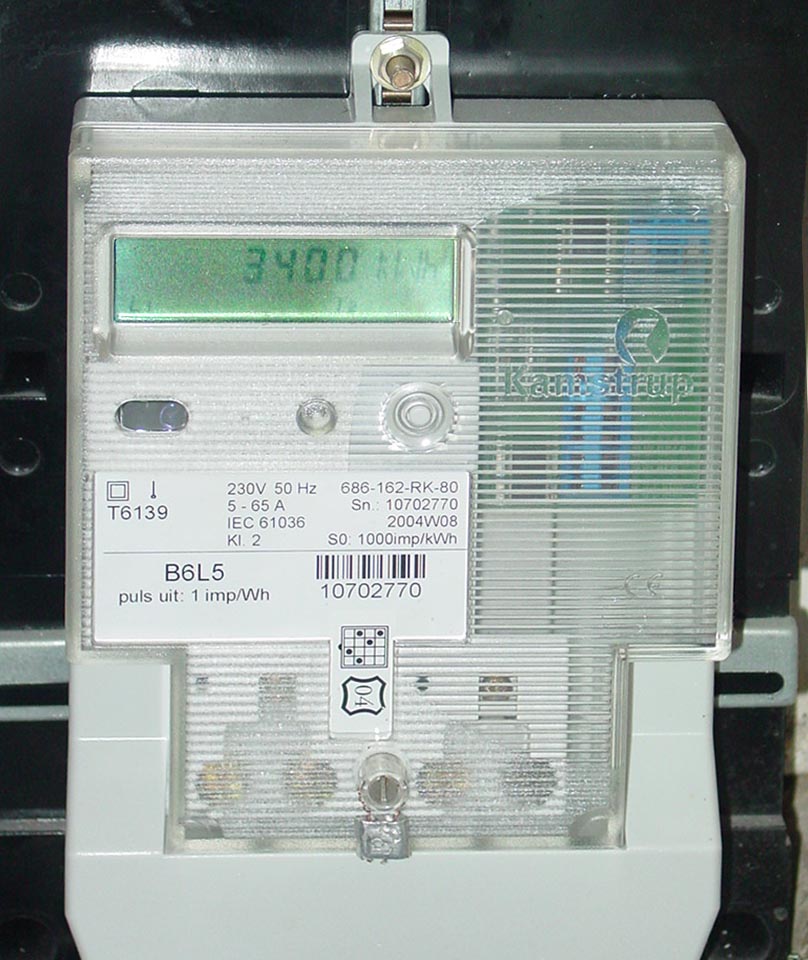
Electronic taximeters are also subdivided into single-rate, multi-rate. The latter differ from the former with built-in memory, which remembers how much energy was consumed during the day and what at night. There are multi-rate taximeters that take into account the kilowatt / hour at different times of the day.
What is the difference between them? Ideally, energy companies, like the substation itself, benefit from an even distribution of consumption. As usual, the main peak capacities fall on the day, in the evening, and at night the capacities are simply idle or, if we are talking about CHP plants, they burn fuel uneconomically. Therefore, tariffs are established that stimulate energy consumption at night, when the family can do their own laundry and do the dishes with savings. However, this is only an ideal scheme. The fact is that how much one kilowatt of energy costs is usually determined by a combination of several sides. Such as suppliers of electricity and housing departments. And if the chain consists of only two sides, then the intermediary percentage of "cheating" will be small. Accordingly, the difference between the day and night rates will remain. But if the chain of intermediaries consists of a larger number of links, then the winding interest rate can level this difference. Therefore, it is possible to advise which one is better to buy, one-tariff, two-tariff or multi-tariff household ES, only on the basis of a specific tariff schedule.
All types of counters have their advantages, however, as well as disadvantages.
Induction have the following advantages:
- High durability, up to 15 years inclusive;
- They break less often;
- Affordable price;
- Insensitive to voltage surges.
Disadvantages:
- Large error, especially with older models;
- The possibility of malicious interference from the outside;
- The calculation of the amount of payment must be made by the user;
- It is useless with a profitable multi-tariff payment schedule.
Electronic have the following advantages:
- High accuracy;
- Easy to read screen;
- Support for multi-rate accounting;
- Possibility of self-sending data to the electricity supplier.
Disadvantages:
- Sensitivity to power surges;
- High price;
- Low operational maintainability;
- Difficulty in service;
- High cost of repair.
What you need to know about the installation of ES
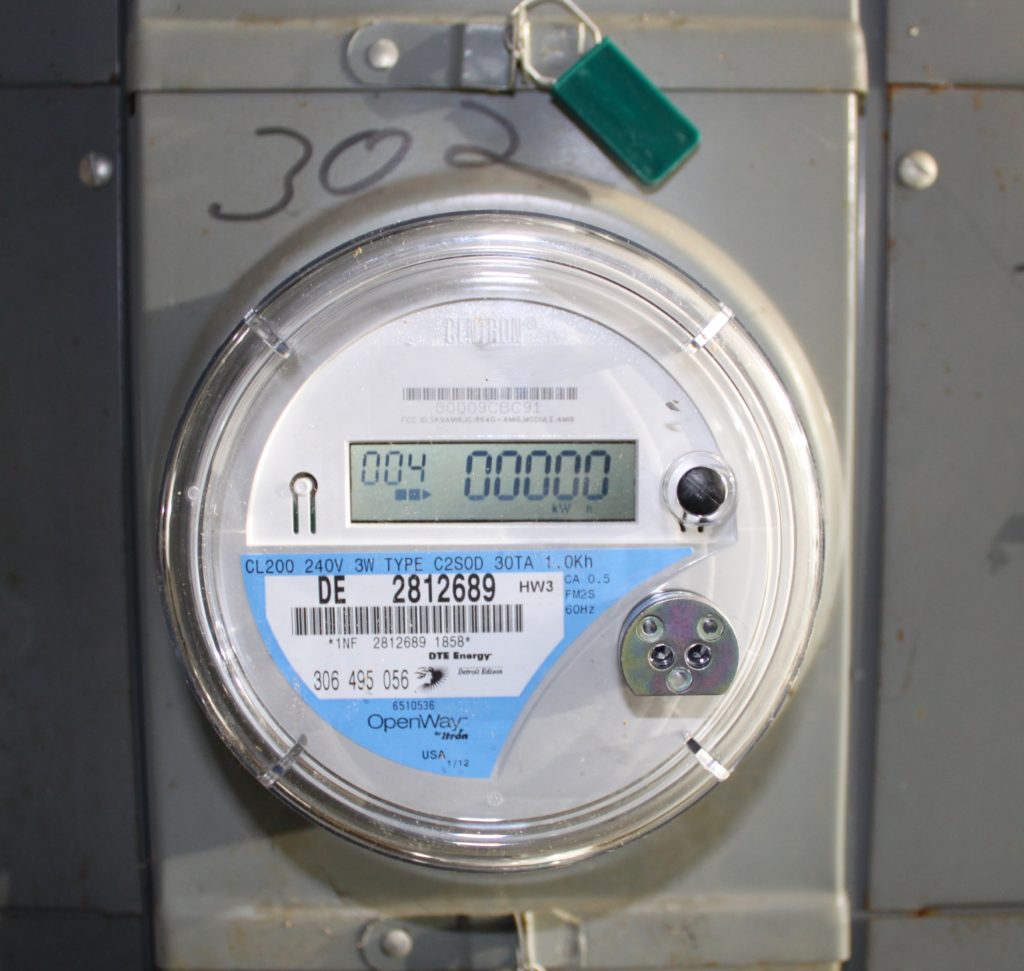
There are several reasons why a new taximeter may be required. First of all, this is a replacement for the old, for example, when switching from induction to electronic. If the checking interval is exceeded or there is internal, external damage to the ES.
The most important thing before buying, installing a counter of any design is to decide how many phases are in your network.
The second most important parameter is the estimated power of the ES. It can be calculated independently, based on the total, peak power of all electrical appliances operating in your home, including warm floors, plus, taking a certain percentage in reserve. Or take the power of the old ES as a basis. Average meters have a current transmission of 60 Amperes, which is approximately 13 Kilowatts.But it is best to consult an electrician of your housing department or management company. He will also install the taximeter, tell in advance which mounting panel should be, give advice to whom to contact regarding the registration of the ES, registering it. After all, there are no clear rules regarding who is financially responsible for the safety, regular replacement of the taximeter. This person can be the owner of the apartment, the management company, or even the electricity supplier.
How to choose the ES that suits you best
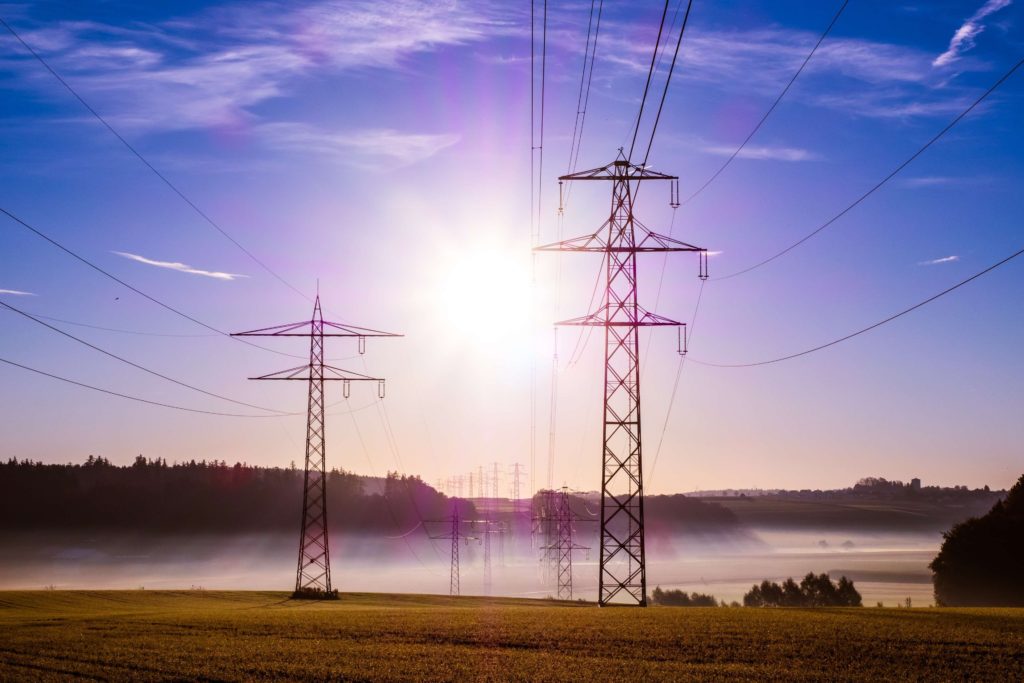
The device is selected based on the expected operating conditions, tariff rates established by the housing department or the electricity supplier, the accuracy class of the device, and aesthetic preferences.
If your selection criteria are simplicity, reliability, when installing a solar cell in a country house, a summer residence, where you rarely visit, but where overloads often occur, the best option is an induction taximeter. Outdoor or indoor, depending on the place of the proposed installation. But for a country counter, and even more so for a street counter, the main parameter is the ability to work at subzero temperatures. After all, no one lives in the country in winter, the room is not heated accordingly, and if the ES does not withstand subzero temperatures, then this will lead to its inevitable breakdown.
A more accurate, permanently controlled device is an electronic one, which provides the owner of an apartment in a multi-storey building with wider functionality and a befitting appearance.
Top manufacturers
The issue of durability, long service life without repair, accuracy depends entirely on the manufacturer of the device. Very often, large energy companies themselves recommend which company is better to buy the device, or even a specific model. Of course, you can make a choice yourself, but it is advisable to read reviews about the manufacturer on Internet portals and forums. Some of the most famous domestic companies are:
- Incotex is a time-tested factory, the best among similar manufacturers of electrical appliances, whose production experience is more than 15 years. Produces popular ES models under the Mercury brand;
- Taipit is a group of St. Petersburg companies that has been producing affordable electricity meters under the name "NEVA" since 1999;
The Leningrad Electromechanical Plant (LEMZ) is the oldest enterprise in the USSR, known for its products since the 1920s. - Energomera is a relatively young, promising company that has been producing electricity meters since 2010 under the same name.
General Electric, Elster Group and ABB are known for their products among foreign manufacturers.
Rating of high-quality electricity meters for apartments and cottages
Single rate meters
LEMZ TSE2726-SOLO G05
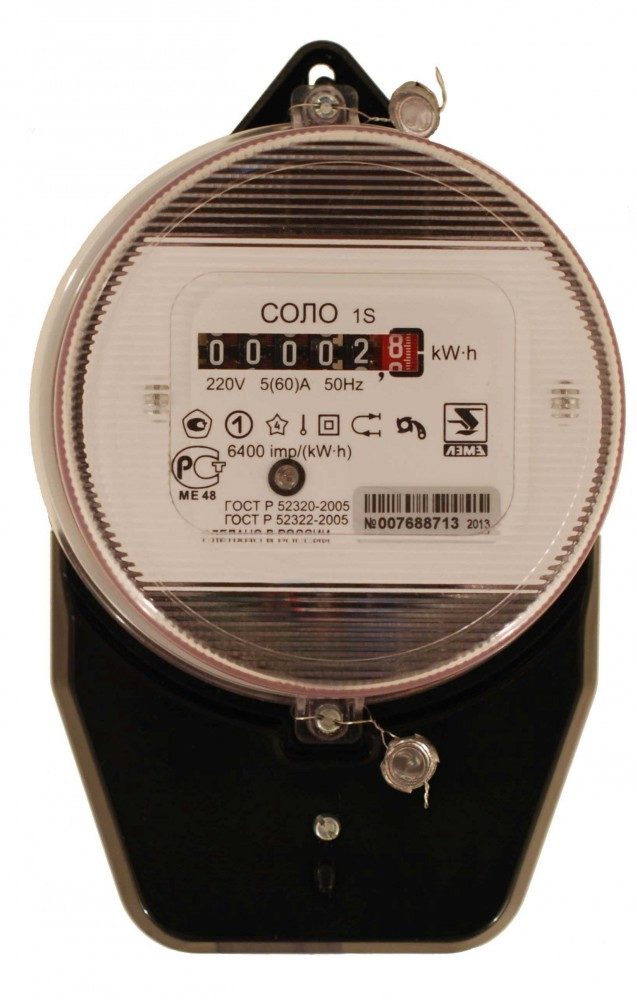
Simple model with a rounded dial. It will be an undoubted advantage if you are changing your old counter installed in a box of a certain shape. In addition, a special contact group is provided for clamping the wires without strong physical impact, thereby protecting them from mechanical damage. The housing department device will please with the fact that it has a reverse stop. That is, it is impossible to "unscrew" the readings.
Advantages:
- Refers to the category of budget ES;
- Can be remotely connected to ASKUE (automated system for monitoring and metering electricity);
- Four-year warranty;
- The verification period is 16 years.
Disadvantages:
- Dial, outdated appearance.
Mercury 201.5
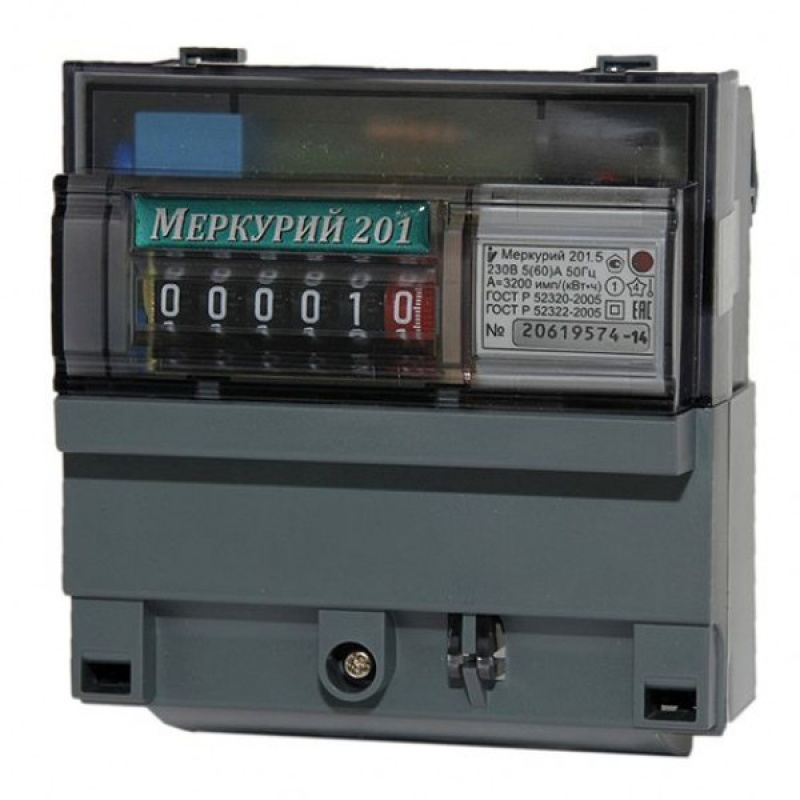
Another device in the series is inexpensive ES of the price category up to 1,000 rubles. At the same time, it has good characteristics, it is capable of operating in a wide temperature range from +55 to - 40.
The advantages include the tightness of the case, quick installation, and compact size.
| Model | INCOTEX Mercury 201.5 |
|---|---|
| Number of phases | One |
| Device type | Hybrid |
| How many tariffs does it support | Single rate |
| Accuracy class | 1 |
| Maximum current | 60 A |
| Required mains voltage / frequency | 220 W, 50 Hz |
Advantages:
- Low price;
- DIN-rail mounting;
- Compactness.
Disadvantages:
- Inflated readings;
- The body is non-separable and cannot be repaired.
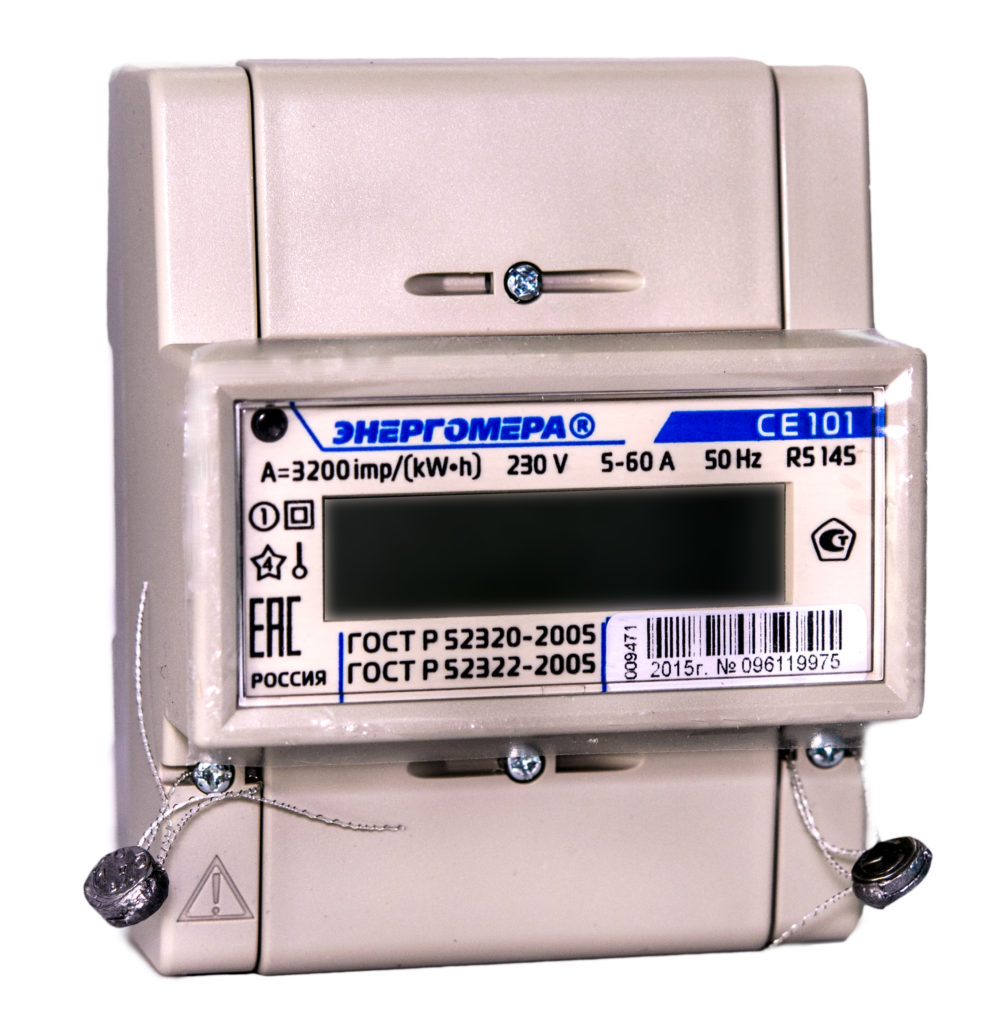
Simple, single-phase taximeter with a robust housing, small size and weight. Fastening is carried out in a typical shield through a DIN rail using screws. Taximeter readings are easy to read thanks to easy-to-read numbers. The climatic range is wide - minus 30 / plus 70.
Advantages:
- Acceptable accuracy;
- Nice design.
Disadvantages:
- It is advisable to protect the case with increased moisture.
Multi-tariff
Abb FbB 11205-108
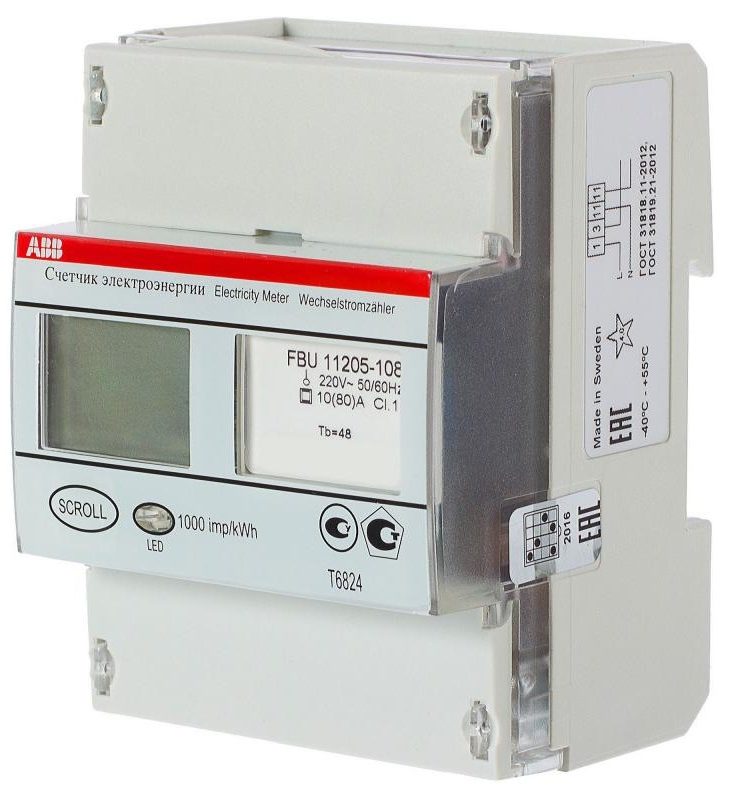
Multifunctional device of two-rate type, well-known Swedish company ABB. A distinctive feature - switching, changing the tariff scale can be done manually or on a schedule. In addition, Abb FbB 11205-108 shows the date, the exact time on its LCD display.
| Model | Abb FbB 11205-108 |
|---|---|
| Number of phases | One |
| Device type | Electronic |
| How many tariffs does it support | Two-tariff |
| Accuracy class | 1 |
| Maximum current | 80 A |
| Required mains voltage / frequency | 220 W, 50 Hz |
Advantages:
- Dust and moisture resistant housing;
- Wide functionality;
- High reliability;
- Accuracy.
Disadvantages:
- Difficulty setting;
- The average price is about 6,000 rubles.
ENERGOMER CE102 S7
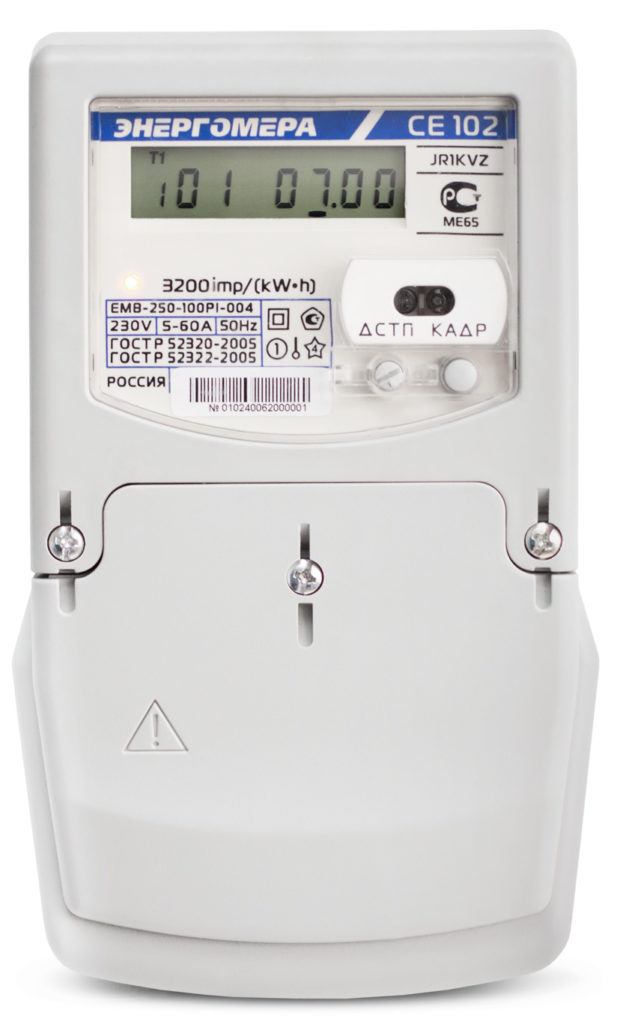
A universal device with several degrees of security, including memory protection against disconnection, network overvoltage, and third-party changes. And this is an extremely important function, given the support of four tariffs, with the subsequent storage of data for a whole year of use. Moreover, the readings can be taken even in the absence of electricity. An important plus for the elderly will be the backlight function, the ability to adjust the duration of the display of numbers on the display. However, these functions, like many others, depend on the subtype of the model.
| Model | ENERGOMER CE102 S7 |
|---|---|
| Number of phases | One |
| Device type | Electronic |
| How many tariffs does it support | Four |
| Accuracy class | 1 |
| Maximum current | 60 A |
| Required mains voltage / frequency | 220 W, 50 Hz |
Advantages:
- Data transfer to ASKUE;
- Verification after 16 years;
- Work at low, high temperatures, high humidity (+ 70 / -45, up to 98%);
- Ergonomic design
- Keeps the information received for 30 years;
- Intuitive interface.
Disadvantages:
- Sometimes a low-quality assembly comes across.
TAIPIT NEVA 303 1S0

The popularity of models from the Taipit company is primarily due to the high accuracy of products with excellent functional and operational qualities. NEVA 303 1S0 is a direct proof of this. The device can work at home, because its body is protected from moisture, dust, strong magnetic field outdoors. In addition, the case material does not burn in case of fire, which makes it simply invaluable for installation in the private sector.
| Model | TAIPIT NEVA 303 1S0 |
|---|---|
| Number of phases | Three phase |
| Device type | Hybrid |
| How many tariffs does it support | Single rate |
| Accuracy class | 1 |
| Maximum current | 60 A |
| Required mains voltage / frequency | 220 W, 50 Hz |
Advantages:
- Five-year warranty;
- A reliable device at an affordable price.
Disadvantages:
- Periodic software crashes.
Mercury 231 AT-01 I
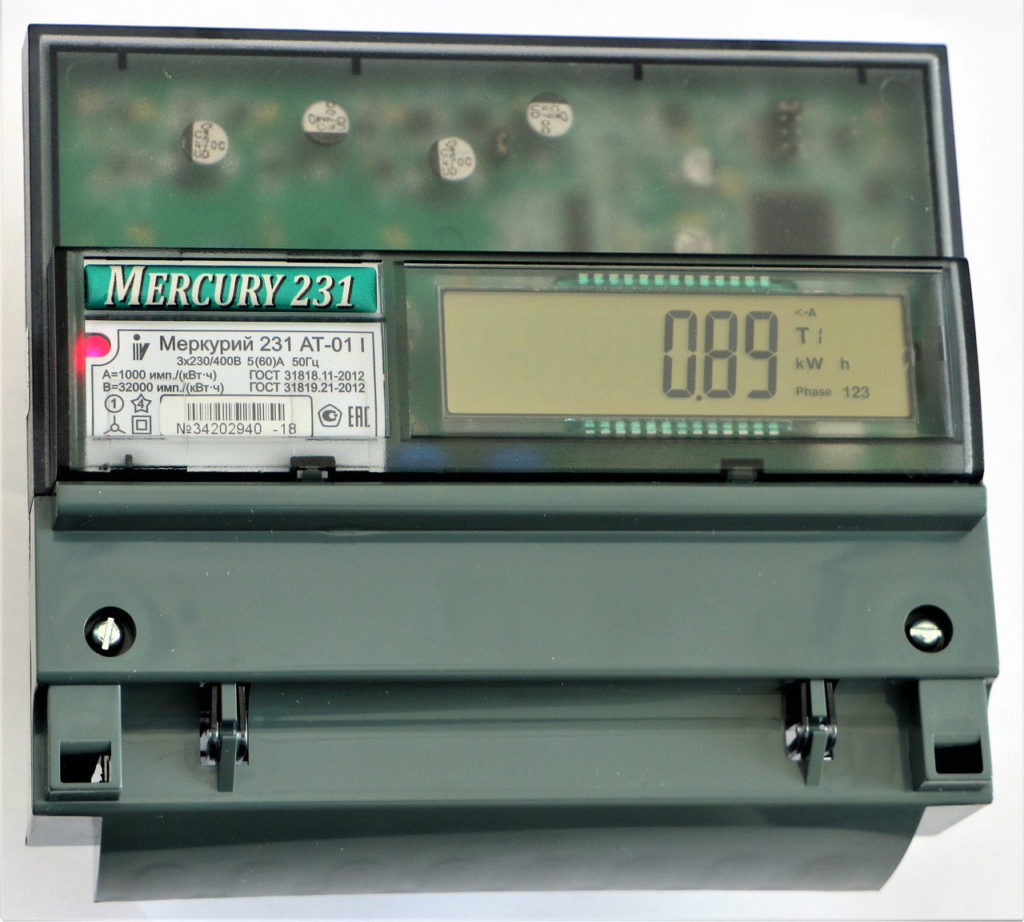
A smart meter capable of autonomously diagnosing the detection of internal malfunctions, making amendments to the tariff grid without disconnecting from the network, with a billing memory for up to 11 months of operation. It is used by both individuals and commercial structures due to its wide versatility of application.
| Model | Mercury 231 AT-01 I |
|---|---|
| Number of phases | Three |
| Device type | Electronic |
| How many tariffs does it support | Four |
| Accuracy class | 1 |
| Maximum current | 60 A |
| Required mains voltage / frequency | 220 W, 50 Hz |
Advantages:
- Acceptable price;
- Reading data via optical infrared port;
- Accounting for 16 time zones;
- High degree of reliability.
Disadvantages:
- It takes into account only active, used, power.
Conclusion
For obvious reasons, we could not cover all the intricacies of the purchase, installation, and accompanying legal procedures.Therefore, we expect from you advice, recommendations, what to look for when choosing, registering such devices. We will always be glad to read your comments under the article.












